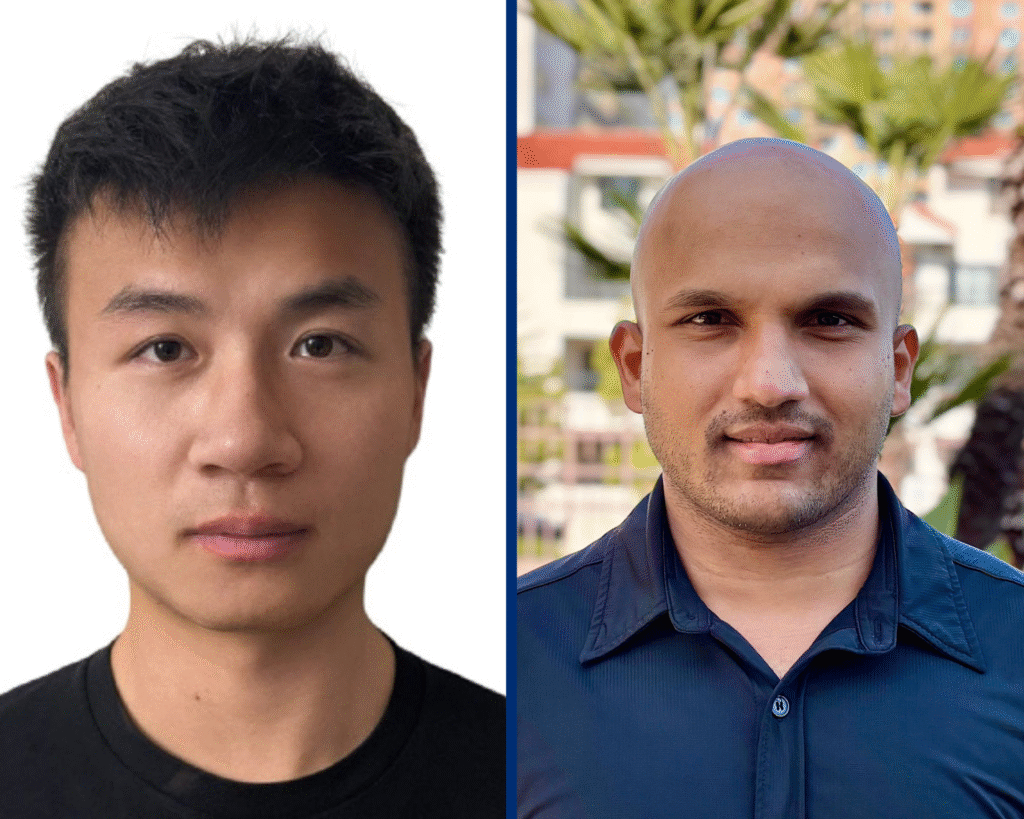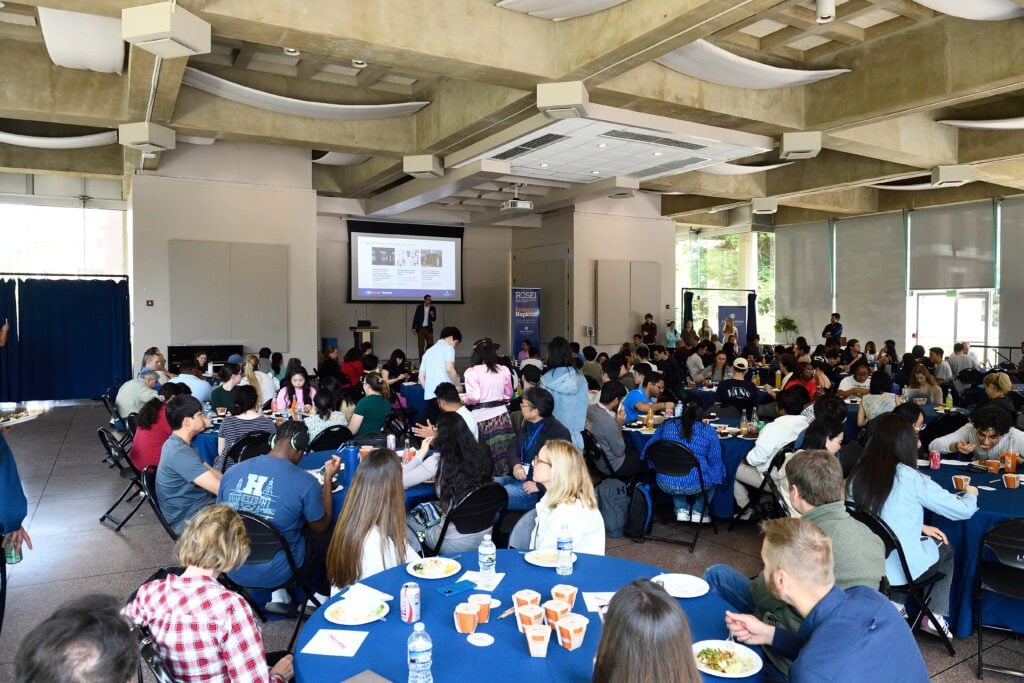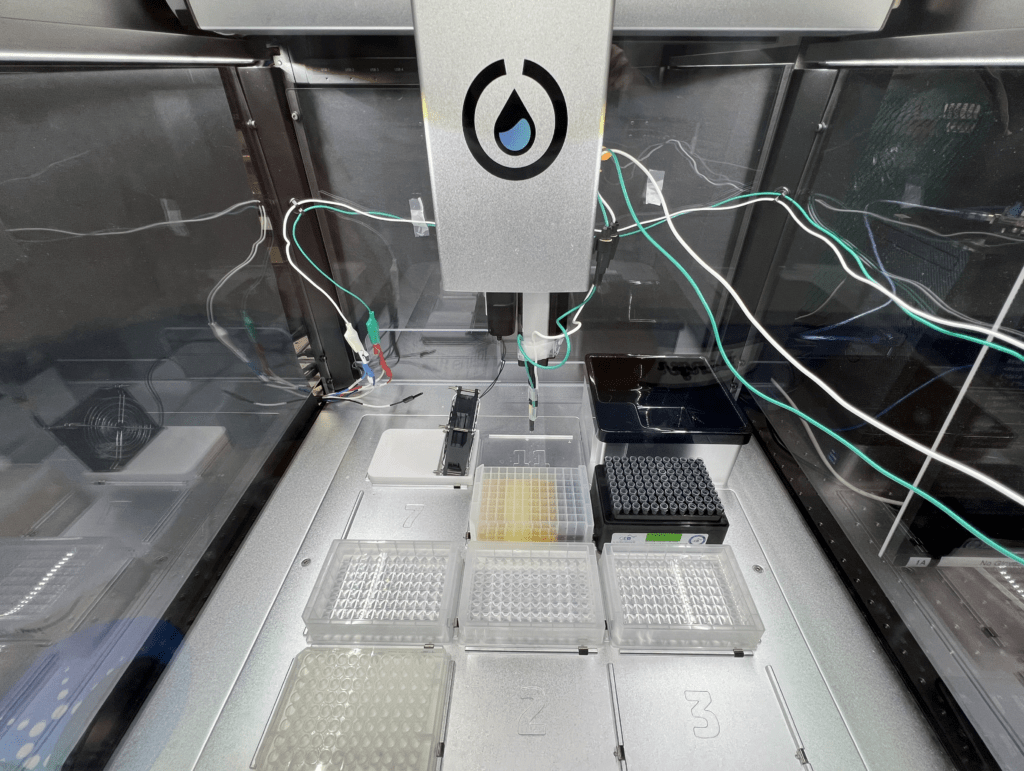The Challenge
Sustainable energy storage is foundational to moving away from fossil fuels, but advances are needed in the efficiency, reliability, safety, sustainability, and scale of energy storage solutions. A particular focus is needed on multi-functional batteries that integrate and optimize storage with solar and wind generation, as well as carbon capture. The aim is for next generation storage solutions to provide safe, sustainable energy storage for all uses from personal, off-the-grid, to society-wide, grid-scale storage. ROSEI believes these solutions can be created in unusual forms that can also provide mechanical structure, and which utilize non-rare-earth minerals.
An Initiative Underway
ROSEI’s main work in this area is funneled through the Light-Integrated Technology for Energy Storage (LITES) Initiative, which is attempting to use two different methods to expand solar energy’s uses. The first method involves the creation of new flexible, lightweight, high-efficiency solar technology with light-collecting capabilities, while the second focuses on photobatteries, which integrate two functions into one device without sacrificing either energy generation or storage performance. The research is led by a trio of ROSEI leadership council members: Jeff Maranchi, Sara Thoi and Susanna Thon.
“We aren’t trying to come up with just incrementally better ways to store solar energy; we’re attempting to establish a whole new paradigm for solar energy where the generation and storage are integrated into one system,” Thon says.
“We aren’t trying to come up with just incrementally better ways to store solar energy; we’re attempting to establish a whole new paradigm for solar energy where the generation and storage are integrated into one system.”
Flexible, Lightweight, High-Efficiency Solar Technology with Light-Collecting Capabilities
Maranchi, Thoi, and Thon are working to produce flexible colloidal quantum dot-based, or CQD, solar cells that can be sprayed like paint directly onto batteries to form an integrated power generating storage system. CQD cells work by absorbing both visible and near-infrared light.
“I refer to it as painting a solar cell onto a battery,” Thon says. “The painted solar cell is doing the charge generation, while the flexible battery is doing the charge storage. You have two different devices that have been put together into one package.”
This approach could not only make wearable solar-powered devices possible, but also could lead to extended solar mobility and to the ability to store power for longer periods of time. The team is also working on technology that has the ability to tolerate extreme temperatures, making it useful in a variety of climates and environments.
Photobatteries
Photobatteries, referred to by the group as the “holy grail” of inexpensive, reliable, and mobile solar energy technology, integrate two functions into one device without sacrificing either energy generation or storage performance.
“Essentially, this is the creation of a battery that can both take in solar energy and then store it independent of needing to be on a grid,” Thoi said.
To do this, the researchers plan to unite the photo-generation functionality of quantum dots with the charge storage capability of metal-organic frameworks, or MOFs, a versatile family of porous materials with atomically controlled structure and functions, into a single unit called the MOFdot.
“That’s a big reason why we refer to it as the holy grail: We can remove ourselves from a grid entirely, and it gives you the mobility and portability that we don’t currently have with solar energy.”
“We could extend the mileage of our batteries by two or three times because as long as the sun is out, the battery shouldn’t completely drain,” Thoi said. “That’s a big reason why we refer to it as the holy grail: We can remove ourselves from a grid entirely, and it gives you the mobility and portability that we don’t currently have with solar energy.”
APL Collaboration
The LITES initiative involves a steady collaboration with the Applied Physics Lab (APL). Maranchi, a research program area manager for APL, views the partnership between ROSEI and APL as a natural one, saying “We have a lot of interest in an effort we’ve called ‘environmental resistance’ that encompasses everything ROSEI is trying to do, and it’s all about preparing for climate change and trying to be better stewards of the Earth. So, it was as if our partners wanted to jump in a swim lane that we were already in.”
Students from both Thoi and Thon’s groups have access to the various workstations at APL’s new state-of-the-art facility in Laurel, Maryland, which includes a dry room where researchers can work with lithium in a water-free atmosphere, and a battery synthesis lab that can help with creating new powders and coatings to go on batteries.
Partners
Press
Researchers Aim to Expand Solar Energy’s Usage, The Hub
ROSEI Affiliated Researcher Q&A: Jeff Maranchi, Research Program Area Manager, ROSEI Website
ROSEI Affiliated Researcher Q&A: Susanna Thon, Associate Professor, ROSEI Website
ROSEI Affiliated Researcher Q&A: Sara Thoi, Assistant Professor, ROSEI Website
Fueled by Sustainability: A Conversation with Sara Thoi, The Hub
Additional ROSEI Efforts in Storage
ROSEI researchers have a broad set of activities addressing storage ranging from fundamental discovery and development of new chemistry and materials for electrolytes, to safety of current batteries in our new EVs. Along with our partners, ROSEI aims to provide significant advances and benefits in improved energy storage that will benefit all of society.



